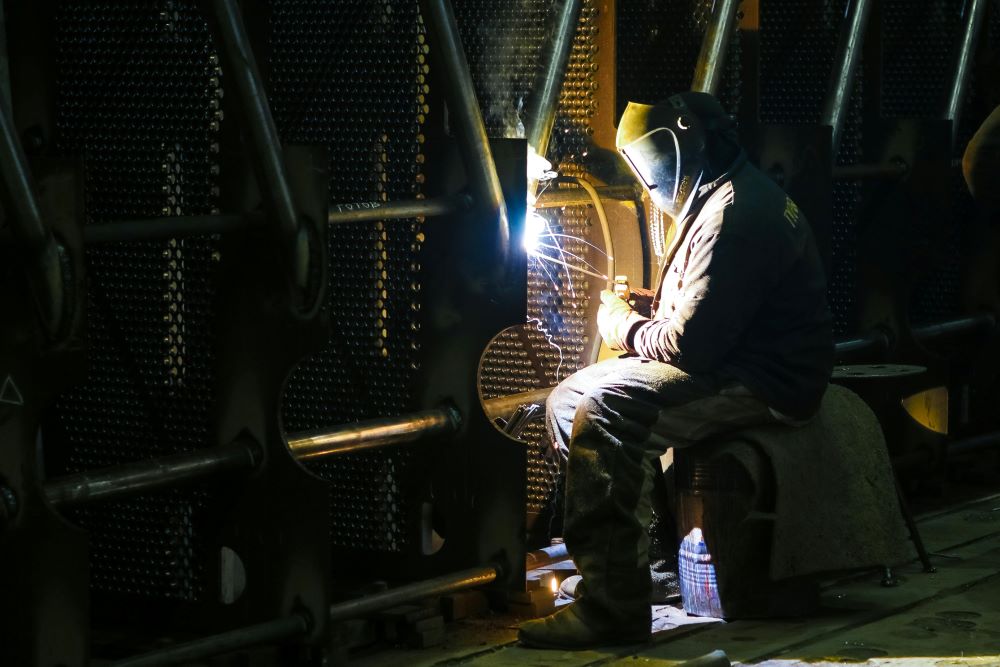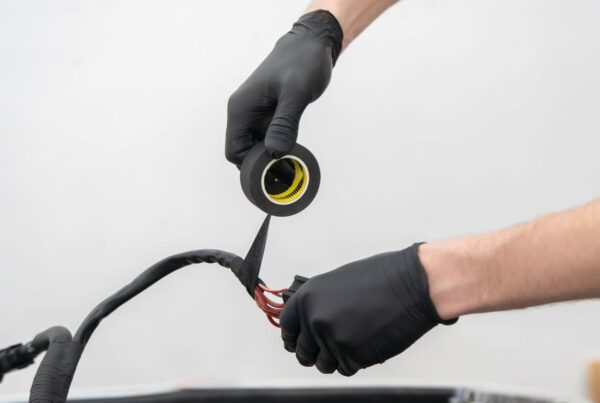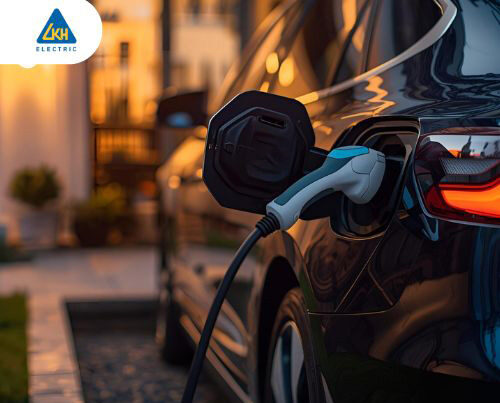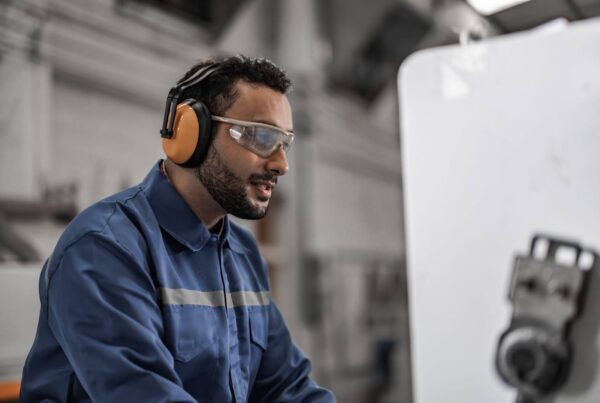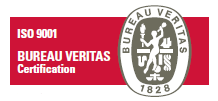Welding is crucial in aviation, especially during parts manufacturing, repair, and maintenance. This process dictates the safety of all aircraft and ensures that they meet industry standards.
How is welding that important, though? If parts are not welded correctly, even a tiny faulty weld can lead to major crashes, carbon monoxide poisoning, and even loss of aircraft control.
So, if you are in the same industry, you should have skilled aviation welders to perform these critical tasks. But alongside hiring professionals, you should also ensure that they are equipped with safety PPE (Personal Protective Equipment), as welding in aviation comes with huge risks.
This article will present the essential safety PPE for aviation welders. It will also guide you through the basic gear you should prepare, why each gear is necessary, and how to ensure it remains efficient in the long run.
Why is PPE critical for Aviation Welders?
Aviation welders’ working environment is one of the most challenging, as they face significant daily hazards like high temperatures, toxic fumes, and electrical risks. They also work inside the aircraft’s confined spaces, which adds to the risk compared to traditional welding.
Despite the risks, aviation welders are responsible for maintaining aircraft quality and ensuring they comply with the industry’s strict safety standards. Indeed, there’s a lot on the line in their work. Thus, providing them with top-notch safety PPE is critical.
The abovementioned risks are just some of the things that could pose dangers to workers, but the effects of them can be avoided with the right equipment. So, following the standards set by OSHA regarding the type and quality of PPEs that workers in high-risk environments should be a top priority.
Adhering to these standards is not just for compliance but is essential to minimize work-related accidents that could endanger workers’ lives.
Head Protection: Helmets and Respirators
A robust helmet is non-negotiable for workers in high-risk environments. But how do you tell if a helmet is strong enough for aviation welders? First, the helmets should have auto-darkening filters with UV and IR protection to instantly adjust to drastic changes in light levels.
The helmet’s materials should also be resistant to impact and heat, which are common hazards in welders’ work.
Meanwhile, helmets are only one form of head protection required. Aviation welders usually work with toxic fumes and other harmful particles that could affect one’s respiratory system. So, you must also equip your welders with respirators to filter out these hazardous gases.
To ensure maximum safety, you can perform regular respirator fit tests. These tests ensure a proper seal to the wearer’s face, providing the expected protection.
Eye Protection: Safety Spectacle / Goggles and Shields
While some helmets already offer eye protection, it’s still safer if your welders have appropriate eye protection and shields that protect their eyes specifically.
Safety spectacles are designed with specific features, such as impact resistance, while safety goggles have UV, impact, and splash-resistant lenses, to avoid radiation, substances, debris, and other potential impacts.
However, you must know that not all goggles and face shields can negate the harmful effects that could arise during welding. Hence, it is crucial to look for eye PPE that meets ANSI Z87.1 standards. This is the current standard for eye protection to ensure their reliability in high-risk environments.
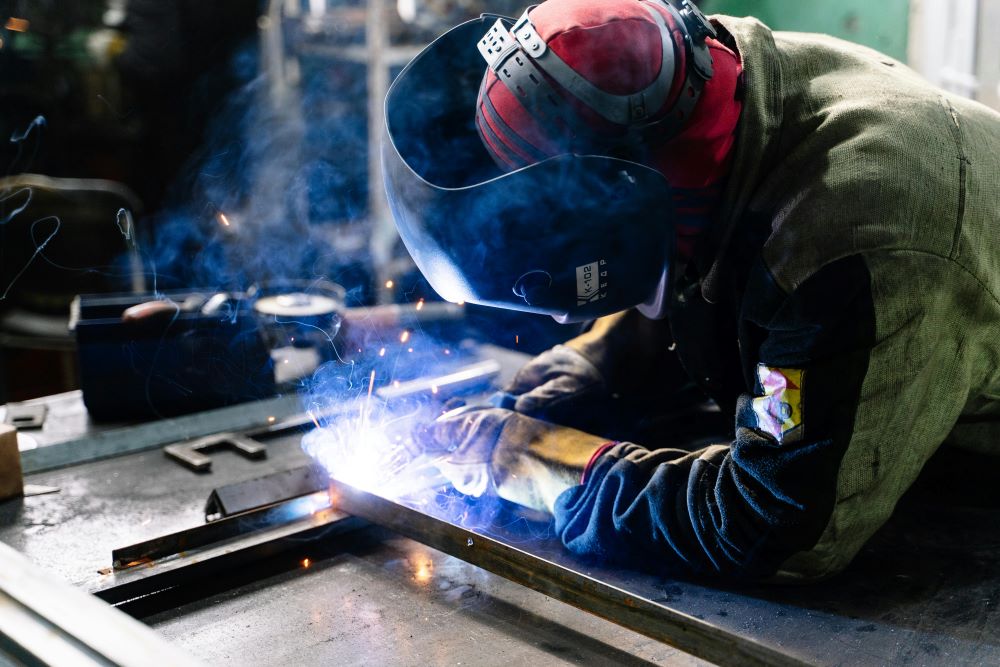
Body Protection: Flame-Resistant Clothing and Aprons
Aviation welders’ whole bodies are exposed to dangers at work, and it’s essential to provide them with protection to cover these. Here are some tips about body protection:
- Choose Flame-Resistant Clothing: Welders usually wear uniforms at work, which are bodysuits made of aramid or treated cotton. These garments offer fire-resistant features and meet the NFPA 2112 standards.
- Add Welding Aprons: On top of the FR clothing, wearing an apron is a best practice that provides another layer of protection, especially in tight spaces.
- Wear Long Sleeves and Pants: This is to cover the skin and prevent burns and harm exposure.
- Keep Clothing Clean: Avoid cleaning the clothes or exposing them to combustible materials that could cause flames.
Hand Protection: Gloves for Welding
What sets aviation welding apart from the usual welding is that it requires extra steady hands due to the immense precision requirements. This fact puts welders’ hands at greater risk of burns, cuts, and electric shocks.
There are different types of gloves, the most common being insulated and dexterous. Insulated gloves offer protection from high-heat tasks, while thinner and dexterous gloves are suited for precise and detail-oriented work.
You must know that aviation welders need a tool that offers protection and flexibility so they can manipulate small parts while keeping their hands intact.
Foot Protection: Safety Boots
It’s common in the aviation industry for welders to work with massive components and uneven surfaces. For foot protection, safety boots with steel toe caps and slip-resistant soles are a must. These features are crucial as they provide stability and safety in environments where conditions can shift quickly.
High-quality safety boots can also offer protection against electrical shock.
Ear Protection: Earplugs and Earmuffs
Prolonged exposure to noise is unavoidable in aviation welding, as the environment is naturally loud due to welding equipment and aircraft operations. However, there’s a quick safety PPE fix for this: an earplug or earmuff.
Both of these pieces of equipment provide effective and comprehensive ear protection, especially the 3M earmuffs, which offer superior noise reduction and are designed for long-lasting comfort.
Additional Safety Gear
Besides the specific body part protections, aviation welders should also have additional safety gear like welding blankets, curtains, and barriers. These gears aim to protect welders and other sensitive aircraft components from sparks, which could lead to instant fire.
Moreover, since aviation welders usually work in cramped spaces for long hours, it’s best if they also have knee pads and elbow pads to enhance comfort and avoid body strains.
Maintaining and Inspecting Your PPE
Once you complete the safety PPE for your aviation welders, the next thing you must know is how to maintain and keep them at their maximum efficiency. Check out some of the tips below:
- Schedule a Routine Inspection: Since PPEs protect workers against impact, it’s unavoidable for these pieces of equipment to show signs of wear or damage, so inspect them regularly.
- Replace Damaged Gear: If a gear has even the tiniest scratch or breakage, replace it immediately to prevent safety risks.
- Clean PPE After Use: Welders should be required to remove dust, dirt, and other contaminants from PPE after use. This is one way to maintain PPE’s protective qualities.
- Store Properly: Safety PPE should be kept dry and secure to extend its lifespan. Good storage must be free from moisture, chemicals, or any other physical impacts that can cause damage to the gear.
The Importance of Compliant, Safety PPE for Aviation Welders
It can’t be stressed enough how important each safety PPE discussed above is among aviation welders. These protective gear shields workers from various hazardous factors and components.
With the gears’ significance, it’s critical to highlight the need for these safety equipment to adhere to OSHA and FAA standards. This will ensure not only the high-quality aircraft output but, most importantly, the safety of your welders.
To acquire compliant and safe gear, consult with an expert and trusted supplier of safety equipment, such as Lim Kim Hai Electric.
We are Singapore’s leading supplier and one-stop shop for safety solutions and accessories. We offer many products, including top-notch PPEs for aviation welders, to meet your eye safety needs. We are certified by 3M Singapore, so we guarantee you the protective equipment in the country.

